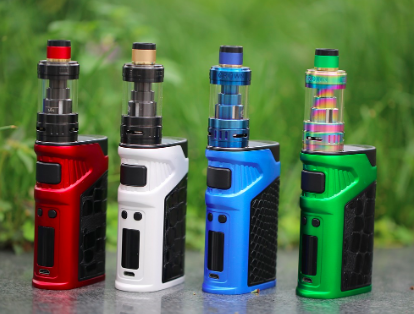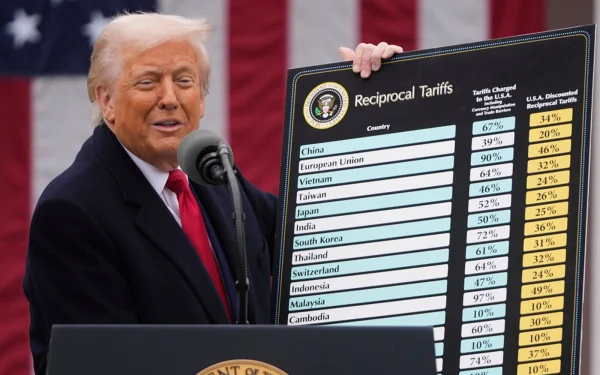Soaring Signs of Teen Drug Usage

Courtesy of haiberliu on PIxabay
Many adolescents begin vaping due to peer pressure.
Substances affect the developing minds of adolescents, mainly due to the fact that a large amount of both physical and intellectual growth take place during the teenage years. The increasing impact of social media on teens has also changed the youth’s perspective on drug usage. Due to a variety of marketing methods geared specifically towards the youth, ignorance of the risks of illegally taking drugs, and the normality of drug and alcohol use among social media influencers, the concept of drug usage has become a tempting idea for teens.
Despite the many school assemblies highlighting the horrors of drug abuse, posters strongly rejecting drug usage, and wristbands, pencils, and erasers with “Say No to Drugs” printed in bold letters, drug use is still leading to health setbacks among teenagers. This may be because of the increasing impact that social media has on teens, where alcohol and vape pens have become not only normalized, but even positive and trendy. Alcohol, tobacco, and marijuana are the most commonly abused substances among adolescents, who often prioritize the social benefits of drug use, such as fitting in or appearing mature, over the physical or educational setbacks. However, this influence is extremely dangerous. According to New Canaan News, “it takes 10 years for an adult who is 30 years to be chronically addicted to alcohol, while it takes a teenager who is 15 less than 15 months to reach the same stage of alcoholism.” As teens’ adolescent minds and bodies are still growing, their bodies and minds are incredibly susceptible to harmful and addictive substances, which presents major problems later in life.
Several factors contribute to the rising popularity of drug use among teens. First of all, many social media platforms show both celebrities, as well as regular social media users, frequently posting pictures of themselves engaging with drugs and alcohol. This has significantly influenced teens, prompting many to partake in the same substances, and young adolescents are especially vulnerable to peer influence and pressure. According to National Center on Addiction and Substance Abuse at Columbia University, one of their surveys “asked 2,000 adolescents about their drug use and social media habits and 70% said that they use social media on any given day” and found that this group was “5 times more likely to buy cigarettes[,]3 times more likely to drink[, and] 2 times as likely to use marijuana.” This was compared to nonusers, who were discovered to infrequently use popular social media platforms such as Instagram, Facebook, and Snapchat. But it’s not only famous people that influence teenagers, but friends and family that surround teens as well. For example, early exposure to drugs or alcohol due to connections with a friend or family member may cause drug use or abuse to become normalized for some individuals. Such exposure may lead to teenagers becoming desynthesized to the warnings from others, or ignorant of the dangers of illegal drug use.
On top of it all, the tobacco and alcohol industries prove successful in targeting the youth as their customers in a variety of ways. The colorful packaging of beer cans, or enticing flavors of e-liquids are designed to pique the youth’s interest. However, despite the inviting visuals, consisting of nicotine, flavorings, and other chemicals and additives, vape juice is also reported to contain toxic dyes and essential oils, along with vitamin E acetate, which is safe to eat, but dangerous to inhale. According to John Hopkins Medicine, cardiologist Michael Blaha reports that “Some of the chest X-rays of patients with EVALI show signs of oily chemical irritation of the lungs.” Increasing numbers of symptoms with irritation due to toxins or uninhalable substances have been observed in those with EVALI, or E-cigarette or Vaping product use Associated Lung Injury, in 2019.
Teens are known to commonly use substances such as tobacco, alcohol, and marijuana, which drastically affect their wellbeing, as well as their future opportunities, since the growing minds and bodies of youth are more susceptible to damaging substances. It is easy to be consumed by the positive presences that substances have in social media, and to be swayed by the enticing flavors of candy, bubblegum, or children’s cereal flavors, but behind the harmless appearance are harmful substances and years of research proving the disadvantages that drug use or abuse causes teens.





